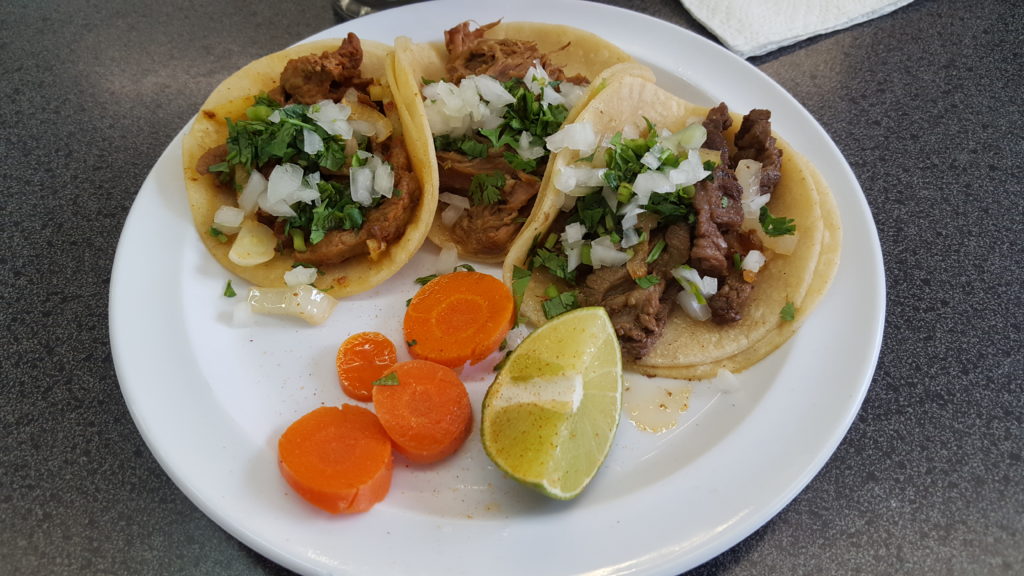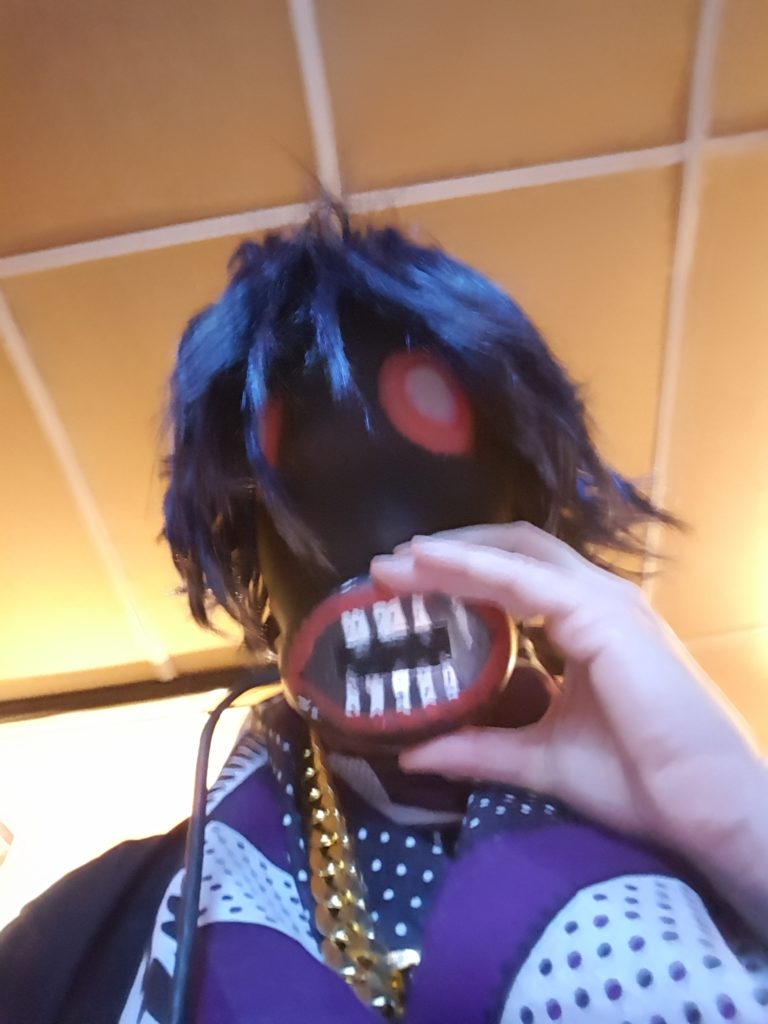this was dinner last night from Shiku Sushi!

this was dinner last night from Shiku Sushi!








The downside of the facelift, besides the plethora of thunderbolt boxes, is the forced update to ProTool 2019. Then a week later I get this. My response? See you later Avid! I never liked you.
